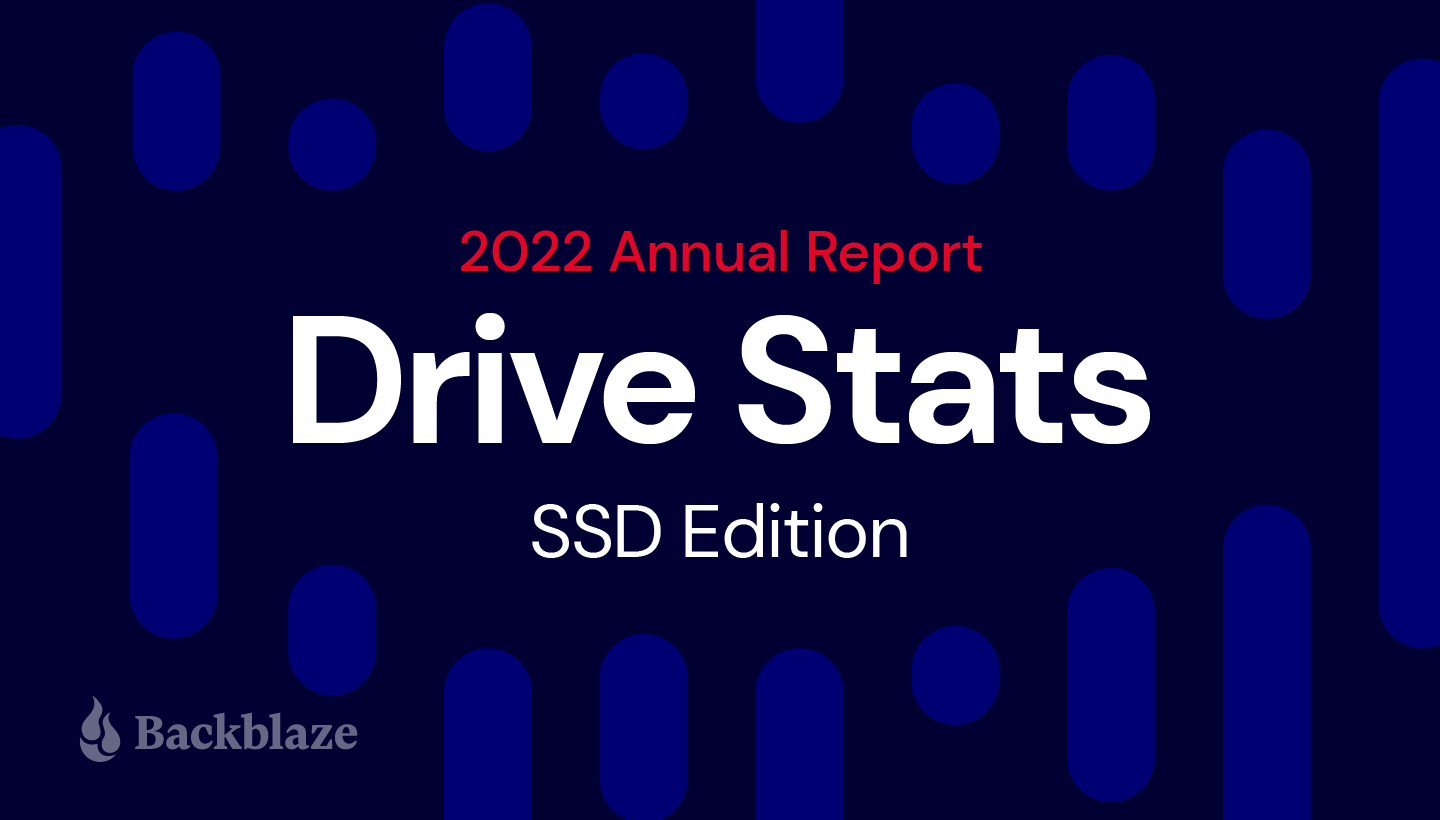- Oct 9, 2016
- 6,176
Read inside link


It’s no surprise that Seagate has the lowest reliability rating; Backblaze reported this was the case in late 2021 and, as these are annualized numbers, it will take years for the failing Seagate drives to disappear from the stats.
This time around, the Backblaze team examined the average age of failed drives, a topic which B&F reported on here. Data recovery business Secure Data Recovery found the average failed hard drive was just two years and 10 months old. Was the same true for Backblaze’s failed HDD population?
That population totalled 17,155 drives, dating from April 2013 up to the end of March this year. Their average age when they failed was two years and six months; not much different from the Secure Data Recovery number. The calculation was rerun to exclude drives which were still in operation, and therefore likely to fail at some point.
This revealed “35 drive models consisting of 3,379 drives that have a failed average age of two years and seven months.”

It’s no surprise that Seagate has the lowest reliability rating; Backblaze reported this was the case in late 2021 and, as these are annualized numbers, it will take years for the failing Seagate drives to disappear from the stats.
Average failed disk age
This time around, the Backblaze team examined the average age of failed drives, a topic which B&F reported on here. Data recovery business Secure Data Recovery found the average failed hard drive was just two years and 10 months old. Was the same true for Backblaze’s failed HDD population?
That population totalled 17,155 drives, dating from April 2013 up to the end of March this year. Their average age when they failed was two years and six months; not much different from the Secure Data Recovery number. The calculation was rerun to exclude drives which were still in operation, and therefore likely to fail at some point.
This revealed “35 drive models consisting of 3,379 drives that have a failed average age of two years and seven months.”



